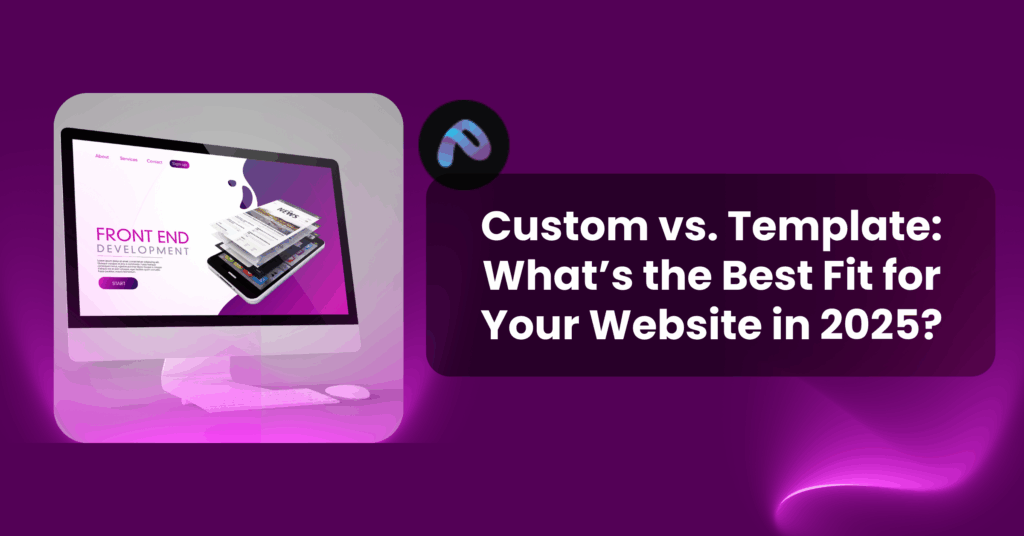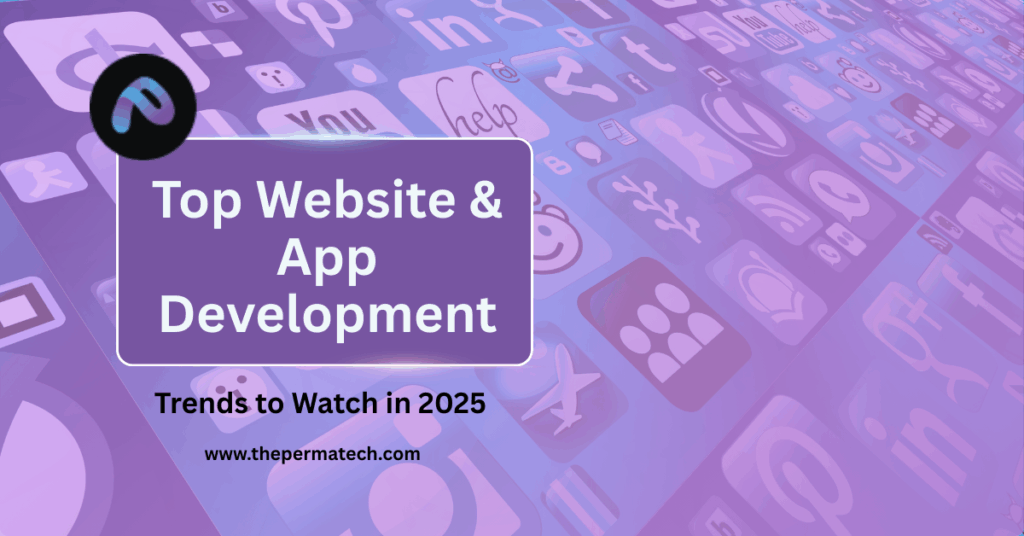In 2025, businesses are seeking faster, lighter and more accessible solutions. PWAs have emerged as the go to technology for improving user experience while reducing cost and complexity.
According to Statista 2025, over 45% of eCommerce traffic now comes from PWA enabled sites. In sectors like travel, banking, and retail, PWAs are outperforming traditional native apps with average conversion rate improvements of 36%.
Why PWAs Outperform Native Apps
| Feature | Progressive Web App (PWA) | Native App |
| Installation | No download required; add to home screen | Requires app store download |
| Performance | Instant load with caching (Service Workers) | Depends on device & connection |
| Updates | Auto updated on web server | Manual updates via store |
| Cost | Single codebase | Separate Android/iOS builds |
| Discoverability | Indexed by search engines | Limited to app store SEO |
Google’s 2025 Web Performance Report highlights that PWAs deliver 4x faster load speeds and reduce bounce rates by up to 50% compared to mobile websites. Businesses like Starbucks, Uber, and Trivago have reported tangible benefits after switching to PWAs, citing 2× engagement and 3× increase in session length.
The PWAs Economic Impact
By removing app store dependence, companies save an estimated 30 – 40% on development and maintenance costs.
In 2024 – 2025 alone, global PWA related spending surpassed $10.7 billion, with projections to reach $23 billion by 2027 (Allied Market Research).
Example:
- Starbucks PWA reduced its app size from 148MB to 600KB, enabling fast loading even on 2G networks.
- Pinterest’s PWA saw a 60% increase in engagement and 44% rise in ad revenue after launch.
- Flipkart Lite (India’s largest eCommerce PWA) boosted re engagement rates by 40%.
PWAs and the Future of User Experience
In 2025, AI powered PWAs are emerging. These new age apps use machine learning to personalize experiences, predict user actions and optimize content dynamically.
With WebAssembly (WASM) integration, PWAs can now run near native performance tasks such as 3D modeling, gaming and real time collaboration.
Trends to Watch in 2025:
- Offline first experiences: Enhanced caching ensures full functionality even without internet.
- Voice & AI integration: PWAs will integrate with voice assistants like Alexa or Google Assistant.
- Cross device continuity: Start a task on mobile and finish it on desktop seamlessly.
- Increased B2B adoption: Enterprises use PWAs for dashboards, inventory tools, and analytics portals.
PWAs Challenges and the Road Ahead
While PWAs offer immense potential, limitations persist such as limited iOS feature access and inconsistent push notification APIs.
However, with Apple expanding WebKit support and Google investing in Project Fugu, 2025 is set to mark a turning point for universal PWA compatibility.
Key Performance Insights (2025 Snapshot)
| Metric | Average Improvement After PWA Adoption |
| Page Load Time | 2.7s → 1.1s |
| Conversion Rate | +36% |
| User Retention | +50% |
| Bounce Rate | −45% |
| Time on Site | +140% |
| App Development Cost | −35% |
Conclusion
PWAs are not just a bridge between mobile and web they are the future of digital experiences. Their adaptability, performance and accessibility empower businesses to deliver native app like engagement without the friction of downloads or app stores.As brands worldwide embrace digital transformation, Progressive Web Apps are redefining the standard for user centric design and efficiency.





